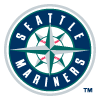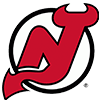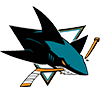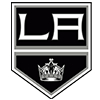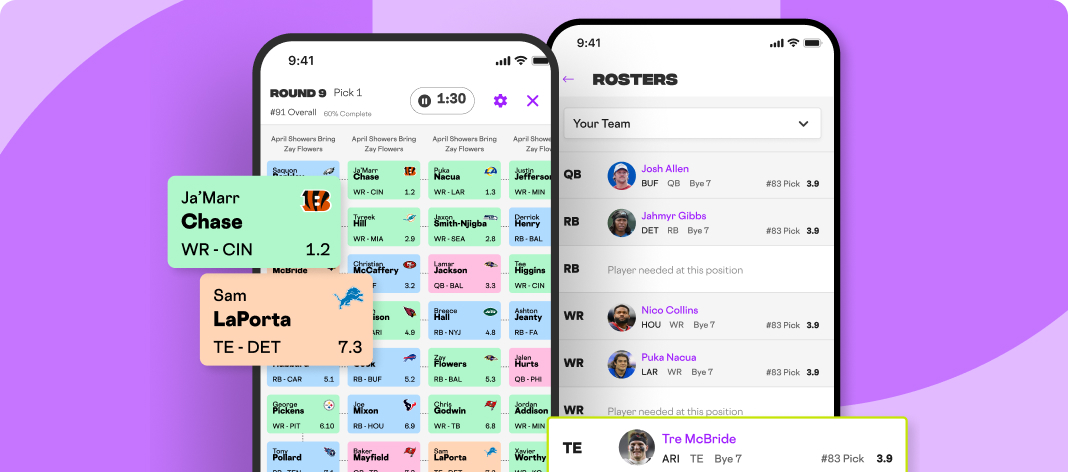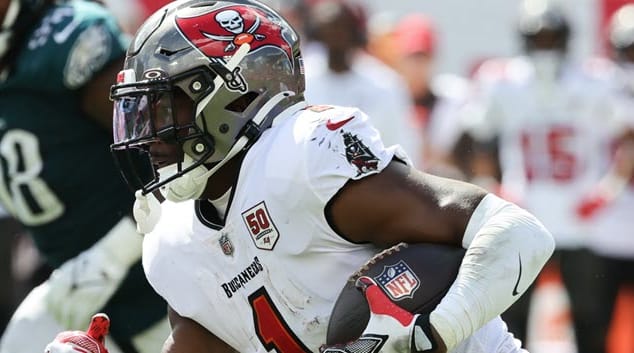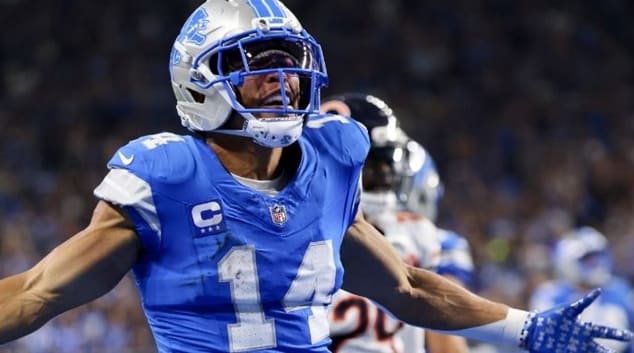DFS lineup optimizers are powerful tools, but new and experienced users often have the same questions: How many lineups should I generate? When should I lock players? Do I need to adjust for weather or injuries?
This FAQ serves as a RotoWire optimizer guide, breaking down the most common questions and providing actionable NFL DFS Optimizer tips that improve lineup construction across contest types. From lineup volume and exposure settings to cash vs. GPP strategies, you'll learn how to get the most out of your optimizer while avoiding common mistakes.
How many lineups should I generate with the optimizer?
It depends on your contest type and strategy:
- Cash Games (50/50s, H2Hs): 1–3 optimized lineups are sufficient, focusing on stability and safety.
- Small-field GPPs: 5–20 lineups provide a balance of upside and diversification.
- Large-field GPPs (MME): 50+ lineups help maximize exposure to different stacks and contrarian plays.
Make sure to use the optimizer to set exposure limits so your player pool remains diversified.
When should I lock players into my lineups?
Locking is best for players with high floor/ceiling combinations you want in every lineup; game stacks and when you've done your research and want to overweight a particular player beyond projections. That said, be selective. Over-locking limits lineup diversity and increases risk.
How do I adjust for injuries and weather in the optimizer?
To deal with NFL injuries, always refresh projections after official inactive reports. Backups often become high-value plays, and the optimizer adjusts in real time.
It's also tricky to navigate NFL weather reports. Heavy wind or rain lowers passing game projections and boosts RB opportunities. Use optimizers that incorporate weather feeds (like RotoWire's). And remember that a late swap can be your friend. Pivot lineups after NFL news breaks to separate from the field.
Should I use the optimizer differently for cash vs. GPP contests?
Yes, you should. For cash games, focus on median projections, salary efficiency and safe plays. In GPP contests, prioritize stacks, ceiling projections and contrarian pivots.
How do I avoid getting the same lineup every time?
If your optimizer outputs look repetitive, you can adjust constraints like max exposure, ownership caps and stacks. You can also increase the number of generated lineups to see variation.












